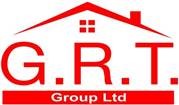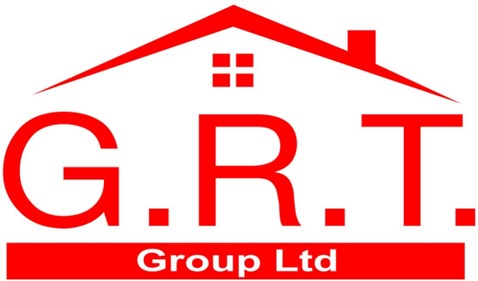PPE Toolbox Talk
-
Site Name
-
Conducted on
-
Presenter
-
Location
-
position
Contents
-
Introduction
Good morning/afternoon everyone,
Today’s toolbox talk focuses on the correct use of Personal Protective Equipment (PPE). PPE is your last line of defence against hazards on site. While other controls such as risk assessments, safe work methods, and barriers come first, PPE plays a vital role in keeping you safe.
Why PPE Is Important
Protects You from Hazards: Flying debris, falling objects, harmful chemicals, and loud noises are common on site. PPE minimizes the risk of injury.
Legal Requirement: It’s mandatory under workplace safety regulations to wear the correct PPE.
Company Policy: Compliance ensures safety for yourself and your co-workers.
Types of PPE and Their Use
Hard Hats
Protect against falling objects or low-hanging hazards.
Always wear them correctly; ensure the chin strap is fastened if required.
High-Visibility Clothing
Makes you visible to operators of machinery and vehicles.
Ensure the vest or jacket is clean and free from damage.
Safety Footwear
Prevents injuries from sharp objects, heavy impacts, and slips.
Wear boots with steel-toe caps and slip-resistant soles.
Gloves
Protect against cuts, abrasions, chemicals, and heat.
Use gloves suitable for the task (e.g., cut-resistant for sharp materials, thermal for heat exposure).
Eye and Face Protection
Goggles or face shields protect against flying debris, dust, and chemical splashes.
Ensure a snug fit and clean regularly for visibility.
Hearing Protection
Earplugs or earmuffs prevent hearing damage from loud noises.
Use when exposed to noise levels above 85 dB.
Respiratory Protection
Masks or respirators protect against dust, fumes, and harmful substances.
Select the right type (e.g., N95 for dust, specialized filters for chemicals).
Key Practices for Correct PPE Use
Inspect Before Use
Check for damage, wear, or defects.
Replace damaged PPE immediately.
Wear Properly
Follow the manufacturer's instructions for proper fit.
Loose or improperly worn PPE is ineffective.
Maintain PPE
Clean and store PPE in designated areas.
Avoid leaving PPE exposed to dirt, chemicals, or extreme temperatures.
Replace as Needed
Replace disposable PPE after single use.
Replace reusable PPE according to the manufacturer's guidelines or when it shows signs of wear.
Never Modify PPE
Alterations can compromise its effectiveness.
Common Mistakes and How to Avoid Them
Not Wearing PPE at All: Always wear your PPE, even for quick tasks.
Incorrect Fit: Ill-fitting PPE is uncomfortable and ineffective—get properly sized gear.
Relying Only on PPE:
PPE is not a substitute for safe practices and engineering controls.
Questions to Ask Yourself
Do I have the right PPE for this task?
Is my PPE in good condition?
Am I wearing it properly?
Am I complying with site rules and regulations?
Conclusion
PPE is essential to your safety, but it only works if used correctly. Always follow guidelines, inspect your gear, and wear it as required. If you are unsure about the correct PPE for a task, ask your supervisor.
Questions or Concerns
Does anyone have questions about today’s topic?
Are there specific challenges you’ve faced with PPE on this site?
Thank you for your attention.
Let’s stay safe and look out for each other!
Signature Conformation. By signing this form, you are acknowledging the contents of the tool box talk and fully understand the reason it has been undertaken. You have had the chance to ask any questions and any answers that have been given have been fully understood by yourself.
-
Add signature
-
Add signature
-
Add signature
-
Add signature
-
Add signature
-
Add signature
-
Add signature
-
Add signature
-
Add signature
-
Add signature
-
Add signature
-
Add signature















